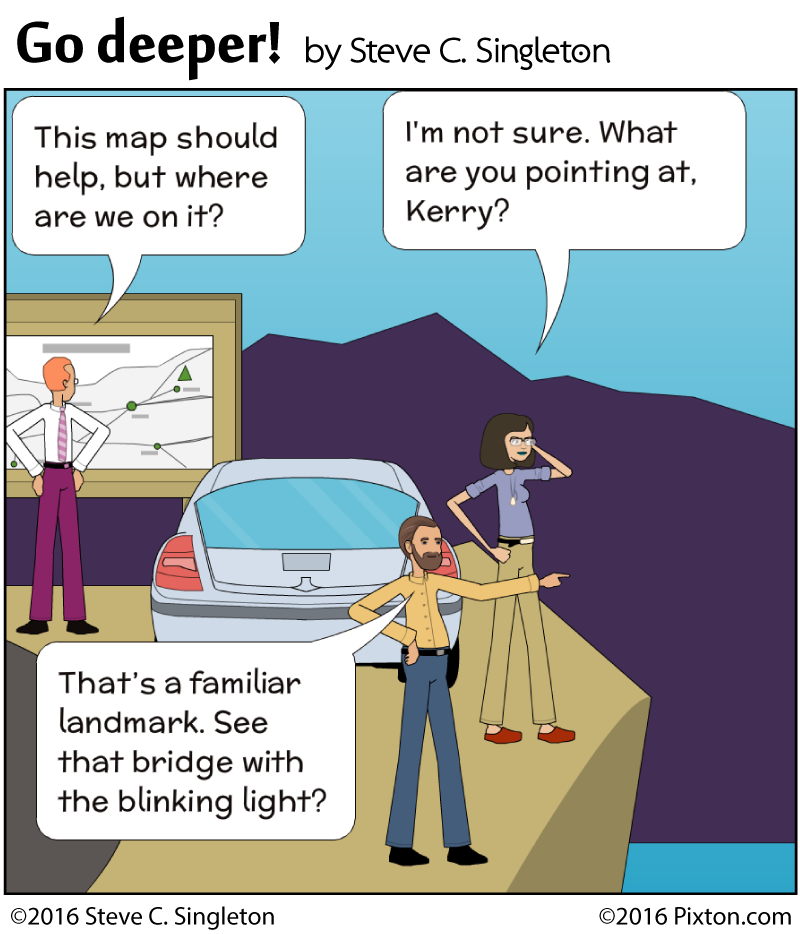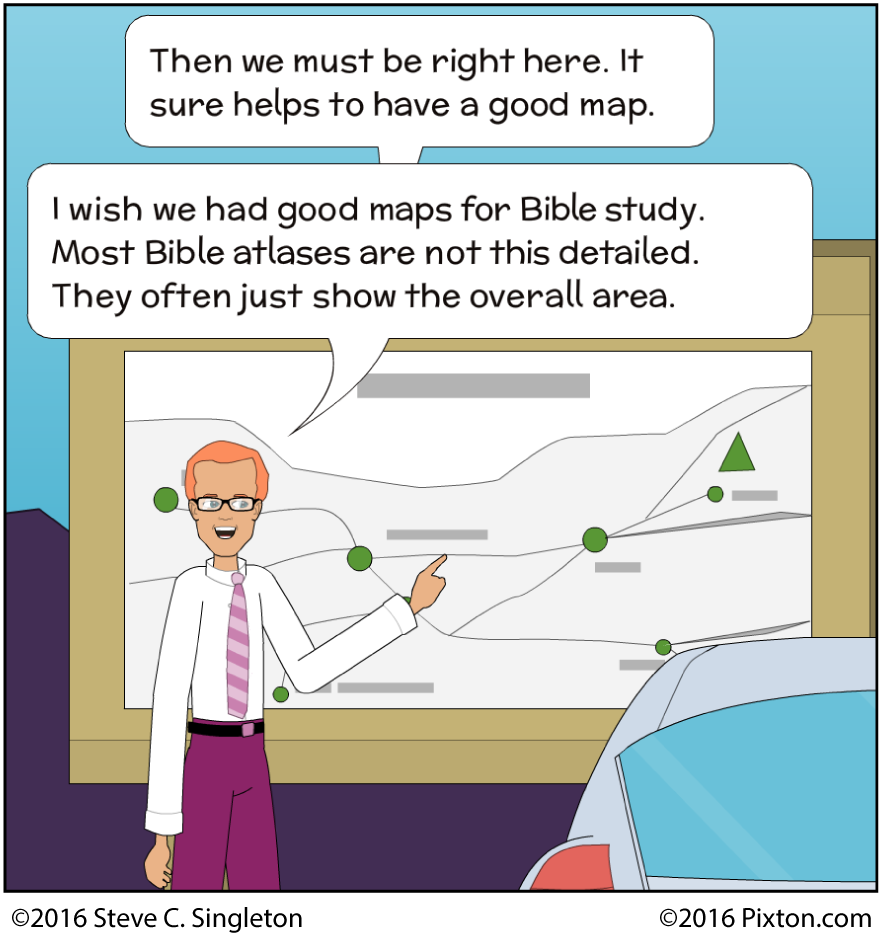Biblical geography: Tool for going deeper
Geography matters
Why was it so significant that Peter, Andrew, James, and John were from Bethsaida (see John 1:44)? One reason is that Bethsaid lies right on the border between Galilee and the tetrarchy of Herod Philip, a Gentile territory. These apostles were already used to dealing intimately with Gentiles, which would make a mission to them easier for them to handle, once the time came (see Acts 11:19-21).
We could multiply the examples of passages illuminated by geography. See, for instance, the locale for Peter’s famous confession of Christ (Matt. 16:13-20) is at Caesarea Philippi, a place characterized by a huge escarpment of solid rock, which Jesus apparently uses as a metaphor for the permanence of the confession that He is the Christ, the Son of God (Matt. 16:18): “on this rock I will build my church.”
Topography matters
When the Bible speaks of going “up to Jerusalem” (Acts 18:22; Acts 21:15), going “down from Jerusalem” (Acts 11:27), or “down from Judea” (Acts 15:1), it is not using the normal modern convention that places north as “up” on a map. Rather, it is literally referring to elevation. Jerusalem lies on the top of a mountain ridge.
When the man in Jesus’ Parable of the Neighborly Samaritan” is going “down from Jerusalem to Jericho” (Luke 10:30) that means he has probably just left a time of worshiping in the temple. Likewise, the priest was “going down the same road” (Luke 10:31), meaning he was going away from the temple, not toward it.
Want to go deeper?
As an example of what is available online, see George Adam Smith’s Historical Geography of the Holy Land. 7th ed. (London: Hodder & Stoughton, 1901). His maps are similar to the geological survey maps issued by the U.S. Geological Survey (see the one between pp. 165 and 166).
In this website, under Study Links, the section entitled, “Bible Atlas from Space,” which features scores of satellite photos of biblical and related sites, labeled with archaeological details. Check out, for example, The biblical sites of Asia Minor.




